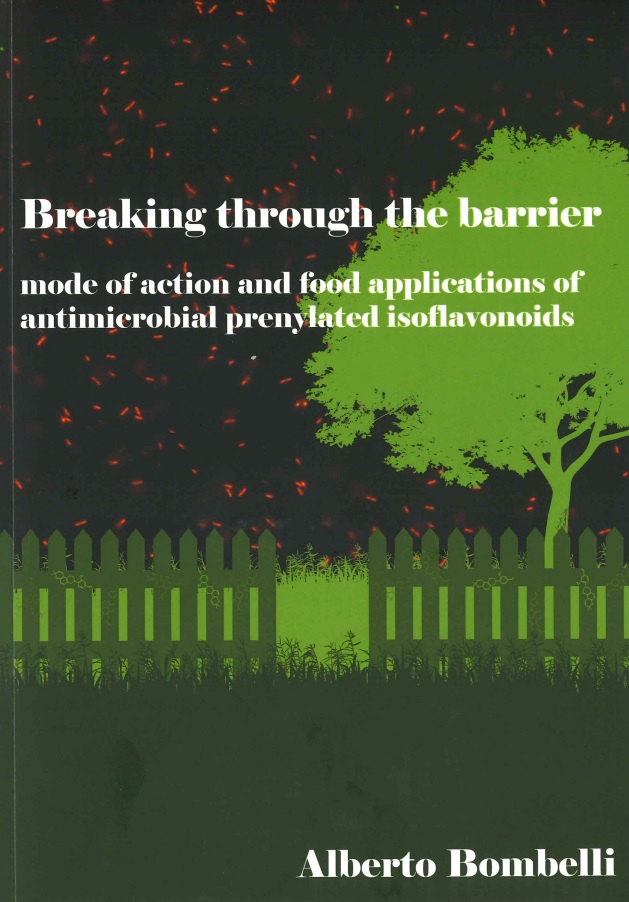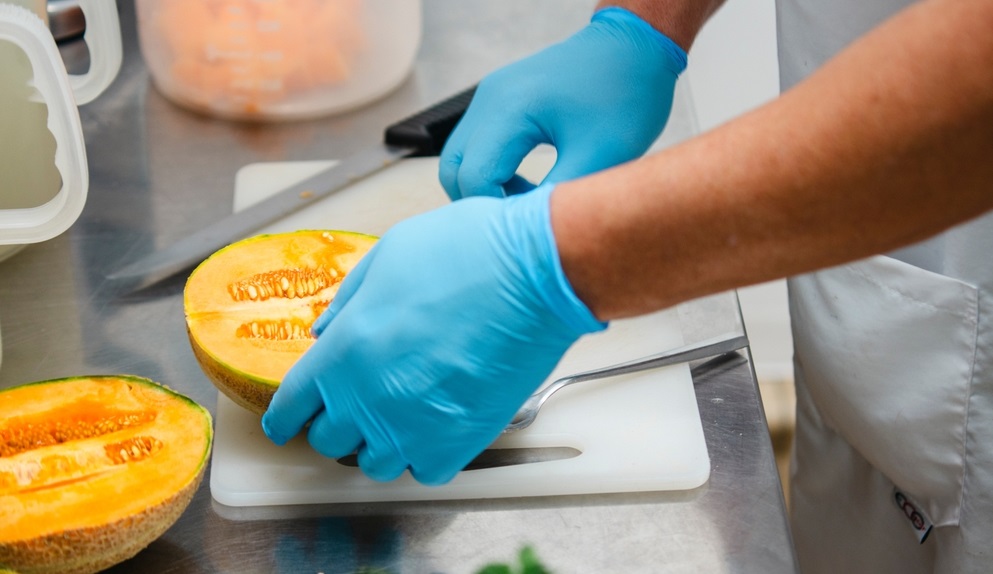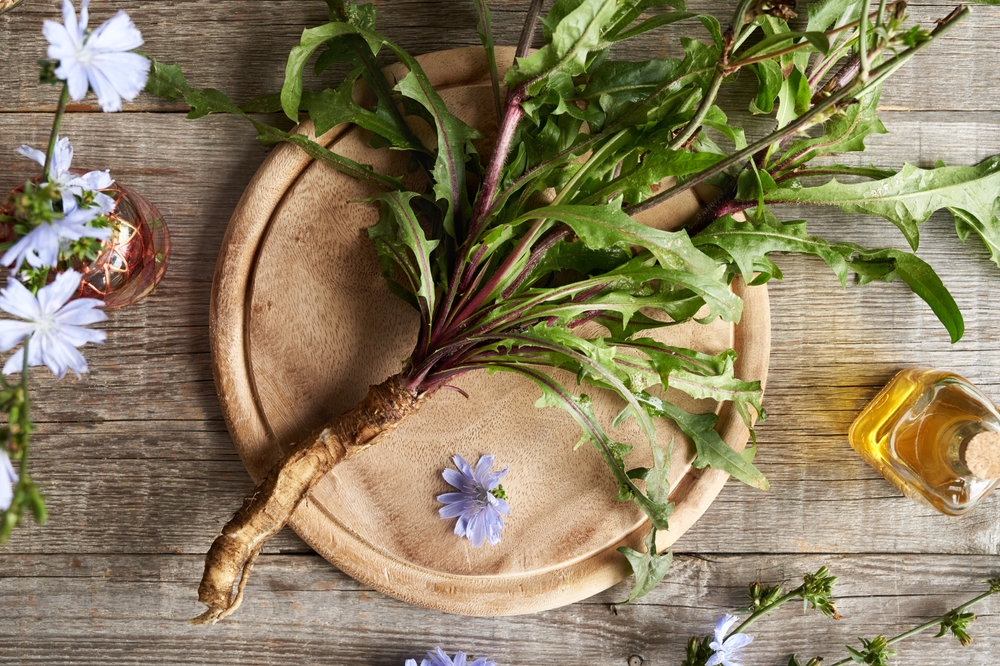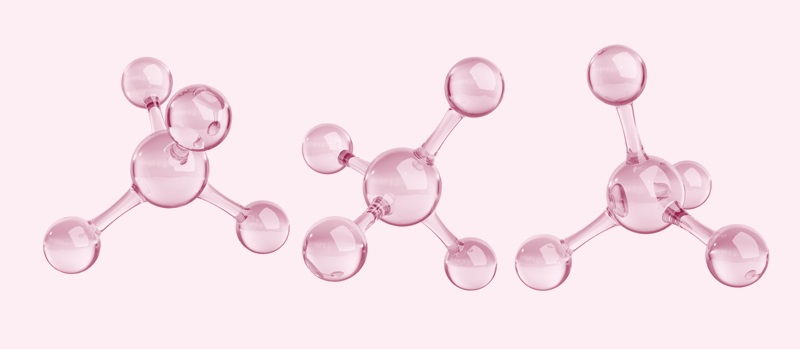Antimicrobials are bacteria killers. The food industry uses them to safeguard food against spoilage and pathogenic bacteria. However, many of the currently used ones are chemically sythesised. But there is another option. Substances found in plants have also anti-microbial properties. After all, plants must protect themselves from bacteria all the time.
Researcher Alberto Bombelli obtained his PhD with honours on a study on the use of prenylated isoflavonoids as antimicrobials for the food sector. Those isoflavonoids have an additional side chain of five carbons atoms. Among the compounds tested is glabridin, that can be extracted from liquorice. The prenyl group potentiates the antimicrobial activity of these natural products. Liquorice is used as a flavoring agent in many products.
Natural defence
‘The residual stream of this production contains high levels prenylated isoflavonoids’, Bombelli says, ‘including glabridin, which are part of the natural defence mechanism against pathogens. The idea behind my project is to learn how these defence mechanisms work and to use this to our advantage. The antibacterial properties of these compounds had been proven under lab conditions, but much more is required for their use in the food industry.’

Bombelli’s experiments showed that glabridin has promising potential in applications outside the lab. To this end, he tested its applicability as food preservative using cantaloupe as a product and Listeria monocytogenes as a pathogen. He also showed that glabridin can effectively be used as a disinfectant for food contact surfaces. Furthermore, he diligently studied how glabridin causes bacteria death.
Bleeding out
Glabridin destroys bacteria’s cell membranes, after which the cell “bleeds out”. ‘This was already suspected but had yet to be proven’, says Bombelli. ‘Determining the precise mode of action of a substance is quite challenging. You may know that it affects the membrane, but how and where precisely? Such questions are not easily answered.’
The prenyl group’s position is essential to the attack on the cell membrane. ‘That group enhances the activity of prenylateds isofalvonoids’, Bombelli clarifies. ‘But it depends on how and where the prenyl is attached to the molecule. I studied this by testing similar substances with a slightly differently positioned prenyl group, which did or did not have antimicrobial properties.’
The prenyl group enhances the activity, but it depends on how and where the group is attached to the molecule
Alberto Bombelli, Food Microbiology
Modelling dynamics simulations of the interaction between prenylated isoflavonoids and cell membranes support this observation. Bombelli: ‘I simulated the process of permeating the cell membrane and also revealed which position in the membrane is the most favourable in terms of energy.
Effective
The acquired knowledge could lead to the development of different and possibly more effective antimicrobial compounds. Bombelli says such developments are already underway. However, puncturing the cell membrane may not be the only mechanism that leads to antimicrobial activity. Other antimicrobial substances containing prenyl groups leave the cell membrane intact. In nature, too, many roads lead to Rome.

 Picture Shutterstock
Picture Shutterstock 

